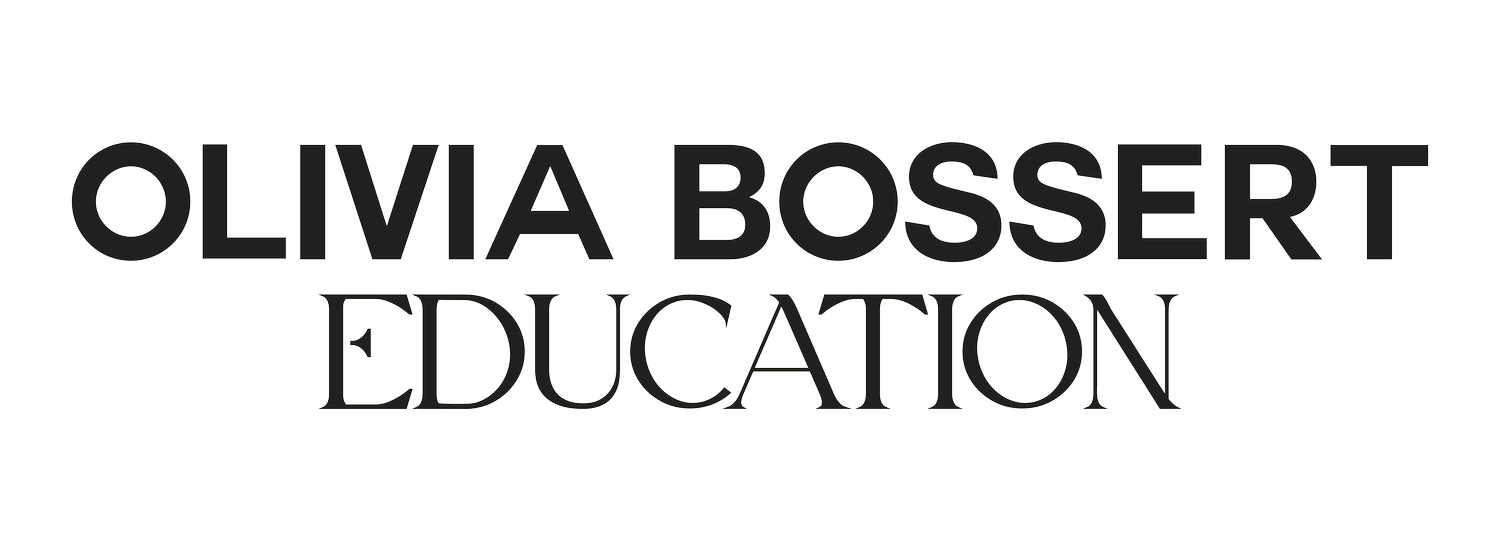How to Attract Consistent Work as a Photographer
Does this sound familiar?
You’ve been pouring your heart into test shoots, posting your best work online, and telling yourself, “This is the one that will change everything.” But days, weeks, or even months go by, and your inbox remains stubbornly empty. Meanwhile, other photographers seem to be booked solid with incredible jobs, leaving you wondering:
What’s their secret?
If you’re tired of this cycle, frustrated by inconsistent work, and wondering how to build a steady stream of clients, you’re in the right place. Let’s explore the key to breaking free from the feast-or-famine trap.
Why You’re Stuck in the Feast-or-Famine Cycle
For many photographers, the journey looks something like this:
•You invest time and money into personal shoots, hoping they’ll lead to inquiries.
•You rely on Instagram posts or word-of-mouth to drum up new work.
•When inquiries do come, they’re sporadic, unpredictable, and often from clients who aren’t your dream fit.
Sound familiar? The problem isn’t your work or your talent—it’s your strategy. Relying solely on passive marketing (like social media or hoping clients will stumble across your website) is a recipe for inconsistency.
To build a career with steady, high-quality work, you need to take control. And that’s where pitching comes in.
The Secret to Consistent Work: Pitching
If you’ve ever wondered how some photographers seem to have endless projects lined up, here’s the answer: They pitch.
Pitching isn’t just for PR professionals or sales teams—it’s a game-changing skill that every photographer can (and should) master. When done right, pitching puts you in the driver’s seat of your career. You no longer have to wait for opportunities to find you—you can go out and create them.
Why Pitching Works
Pitching is powerful because it helps you:
Stay Top of Mind with Dream Clients: Even if a brand or magazine doesn’t have an immediate need, your pitch keeps you on their radar for future opportunities.
Fill Quiet Spells: Instead of panicking when you see a gap in your calendar, you can proactively pitch to drum up new work.
Build Long-Term Relationships: Pitching isn’t just about landing one-off jobs—it’s about turning dream clients into repeat clients.
For me, pitching has completely transformed my career. It’s how I stay consistently booked, even during slower seasons. Once I mastered the art of pitching, I stopped worrying about where my next job would come from—I had the tools to create opportunities whenever I needed them.
How to Pitch Effectively as a Photographer
Now that you know the power of pitching, let’s break down how to do it effectively. Here are some essential tips:
1. Research Your Dream Clients
Before you pitch, make sure you know who you’re pitching to. Research their brand, style, and recent campaigns. This helps you tailor your pitch and show them exactly why you’re the right fit.
Example: If you want to shoot for a sustainable fashion brand, mention how your own work reflects natural themes or your commitment to eco-conscious storytelling.
2. Make Your Pitch Personal
One-size-fits-all pitches don’t work. Avoid generic templates and instead craft a pitch that speaks directly to the client.
• Start with a compliment or observation about their brand or recent work.
• Share why you’re reaching out and how your skills align with their needs.
• Include a couple of standout portfolio images or links that showcase relevant work.
3. Follow Up (Without Fear)
Here’s a hard truth: Most pitches won’t get a response the first time. That doesn’t mean you’re being ignored—it just means your client is busy.
Following up (professionally and politely) is a key part of pitching. A simple follow-up email can remind them of your work and show that you’re genuinely interested in collaborating.
4. Pitch Consistently
Pitching isn’t something you do once and then forget about—it’s an ongoing strategy. To see real results, you’ll need to pitch consistently over time.
Pro Tip: Dedicate a few hours each week to pitching. Treat it like a non-negotiable part of your business routine.
Overcoming Common Fears About Pitching
If the idea of pitching feels overwhelming or intimidating, you’re not alone. Many photographers worry about things like:
“What if I sound pushy?”
“What if I don’t hear back?”
“What if I’m not good enough?”
Here’s the truth: The worst that can happen is that you don’t get a response. The best that can happen? You land a dream client, a new project, or a long-term collaboration.
Remember, pitching isn’t about being salesy—it’s about building connections, showcasing your talent, and offering value to your clients. Think of it as you reaching out and saying hi to someone you think you could help. It really is that simple.
Why Pitching Is a Long-Term Strategy
One of the biggest misconceptions about pitching is that it’s just about landing quick jobs. In reality, pitching is a long-term strategy that helps you:
• Build meaningful relationships with brands, magazines, and creative agencies.
• Establish yourself as a trusted professional in your niche.
• Create a reliable flow of work that aligns with your goals and passions.
Pitching doesn’t just help you survive as a photographer—it helps you thrive.
Ready to Master Pitching?
If you’re tired of inconsistent work, quiet inboxes, and the feast-or-famine cycle, it’s time to take control. Pitching is the key to building the career you’ve always dreamed of—and I can show you exactly how to do it.
In my course Pitching With Confidence, I teach you everything you need to know to pitch effectively, land more clients, and build a thriving photography business. From crafting irresistible emails to finding the right contacts, this program will give you the tools and strategies to succeed.
Don’t wait for work to come to you. Take action today—your dream clients are waiting to hear from you.
With over a decade of experience as a fashion photographer, mixed media artist, and educator, Olivia helps photographers find their style, build client-winning portfolios, and pitch with confidence. Through her courses and resources, she empowers creatives to craft profitable, fulfilling businesses without the “starving artist” mentality. Olivia is also a passionate advocate for sustainability, blending her love of nature with her artistry to inspire a deeper connection to the natural world. When she’s not teaching or creating, she is out walking in nature with her dog, or reading a fantasy novel.





